LOOKING FOR WAYS TO KEEP YOUR HIPS HEALTHY? WE’RE HERE TO HELP!
1
Learn. Explore this module for in-depth info and helpful videos.
2
Practice. Stick with the most helpful exercises.
3
Let us help. Want more help? Start a Conversation with your Care Team.
EXPERT GUIDANCE PROVIDED BY:
-
Heather Barnes, PT, DPTPhysical TherapistHeather earned her DPT degree from University of Saint Augustine for Health Sciences and is certified in dry needling. She is also a certified yoga instructor (200 hour), and has participated in multiple courses towards a manual therapy certification. She has a passion for women's health, especially prenatal and postpartum care, and has received additional education in postpartum rehabilitation.
-
Noel Santayana, PT, DPTPhysical TherapistNoel saw physical therapy as the most undervalued and underutilized service in healthcare, which is what motivated him to leave a career in healthcare administration to obtain a doctorate. As an EIM/ISPI—Therapeutic Pain Specialist, he has come to understand that the body’s facial networks have a heavy influence on the way the nervous system works. Outside of work, he is an avid rock climber.
-
Bradley MacDougall, PT, DPTPhysical TherapistWith over 12 years of experience as a physical therapist, Brad enjoys guiding people back to the activities that they love to do and is always looking for the small changes that can make a big impact in someone's life. He enjoys working with recreational athletes who engage in running a few miles or playing pick-up basketball during the weekend.


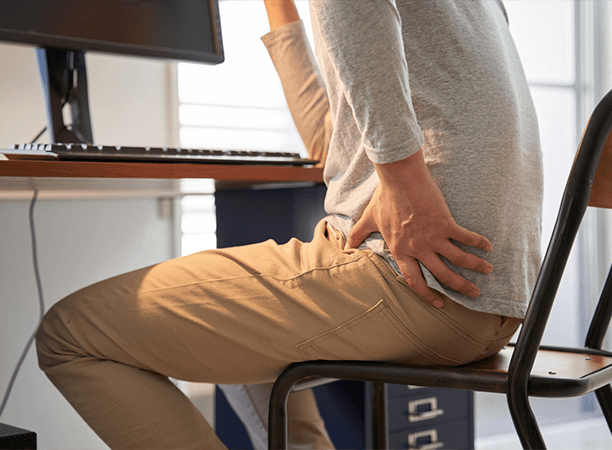

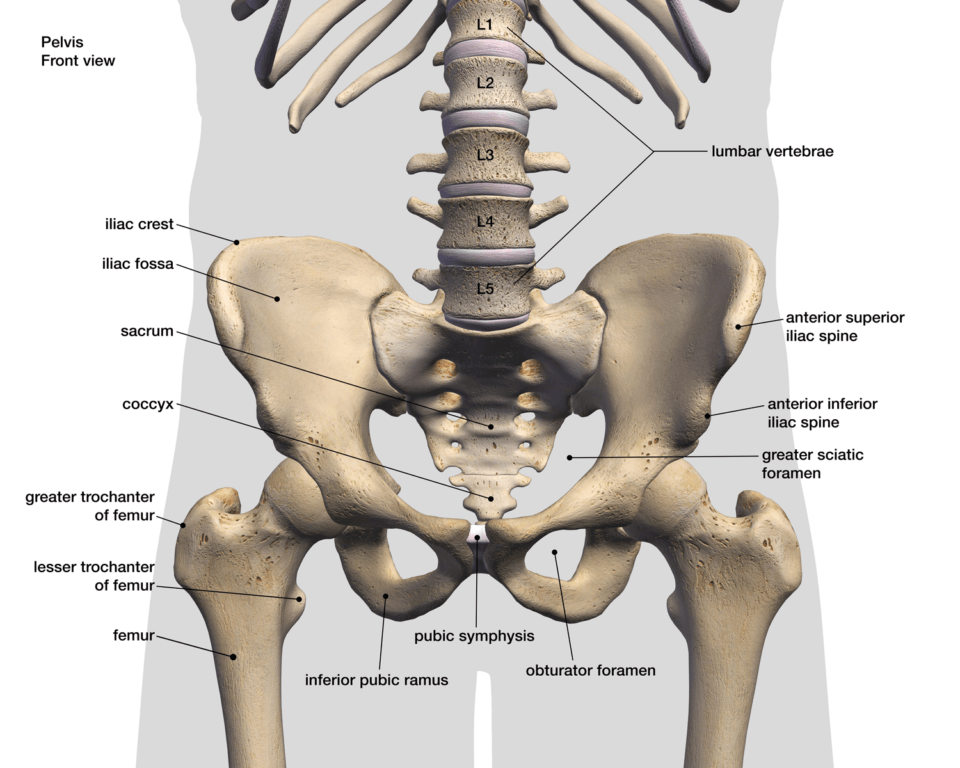
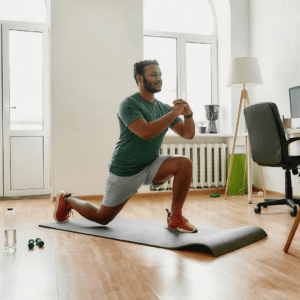
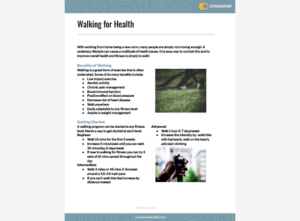
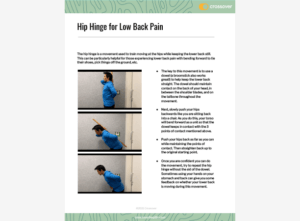 Hip Hinge For Low Back Pain
Hip Hinge For Low Back Pain